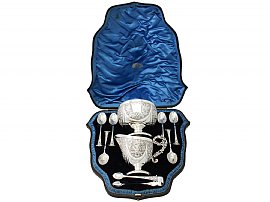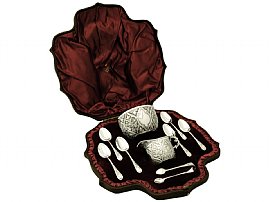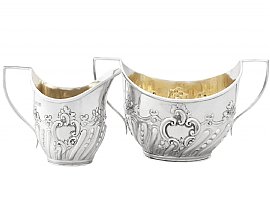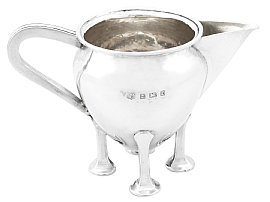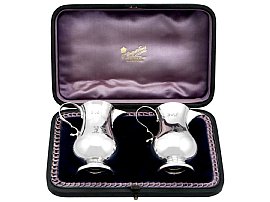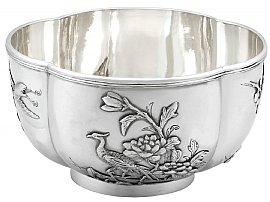Sugar Tongs & Sugar Nips History
For as long as tea has existed in the Western world, it has been sweetened with sugar. So much so, in fact, that by the end of the 17th century, British imports of sugar were estimates at around 70,000 tonnes.
Covered sugar bowls and boxes were standard tea set equipment by the early 1700s, often sold along with teapots and tea caddies. The rules of etiquette dictated that tongs were also required to transfer lumps of sugar from the sugar bowl to the teacup.
Sugar tongs were initially based on fire tongs, having slender arms and curved ends. Early sugar nips/tongs of the late 17th century were even formed after miniature fire andirons. In order to make them spring suitably for their purpose, their ends were heated and hammered many times to give them sufficient tension. These early forms of sugar tongs had small, flat oval bowls; these were soon replaced with dished bowls, more practical for the job of gripping and moving the sugar lumps Between 1720 and 1730, the tongs were formed to resemble little pairs of scissors. By 1770, however, the scissor design had faded out, and bow-shaped tongs formed from one piece of metal featuring springs were the fashion.
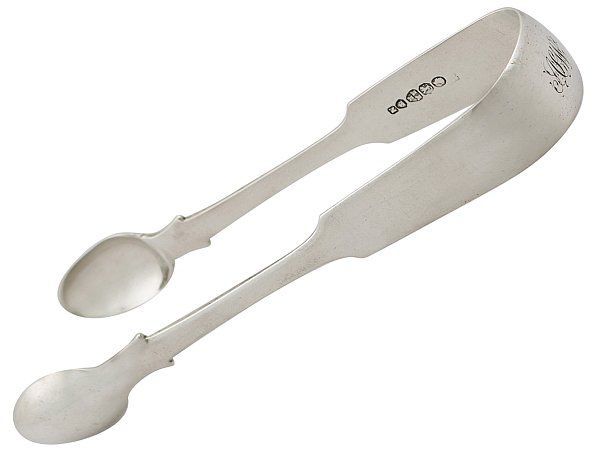
The first scissor-action sugar nips are identifiable by their straight baluster arms and overall plain design. Around the 1730s, the design was influenced by the highly decorative Rococo movement, and soon shell-shaped bowls or grips and elaborately-scrolling handles. Tea was so frequently accompanied by sugar at this time that sugar tongs were sold with teasets as standard at this time.
Between the 1730s and the 1770s, heavily embellished sugar nips were the most popular form. After this, a revival in the popularity of sugar tongs saw them overtake sugar nips, becoming the essential feature to a tea set that they are recognised as today.
Today, both sugar tongs and sugar nips are collectable, with well-preserved novelty items carrying the highest value. Silver nips are more commonly collected than tongs, driving their price up as well.
